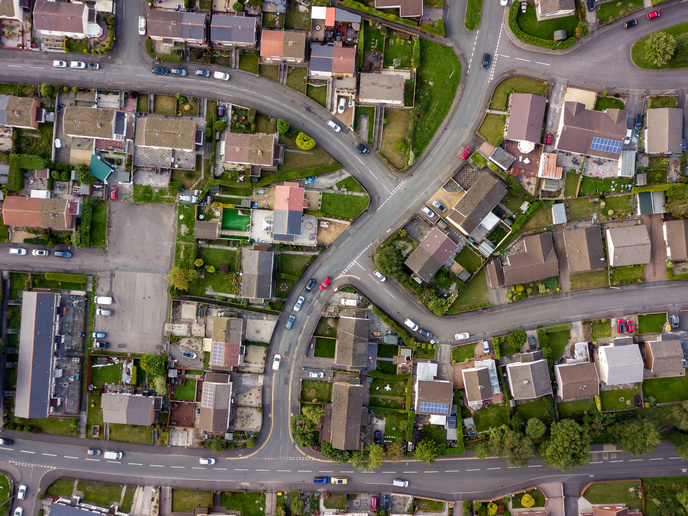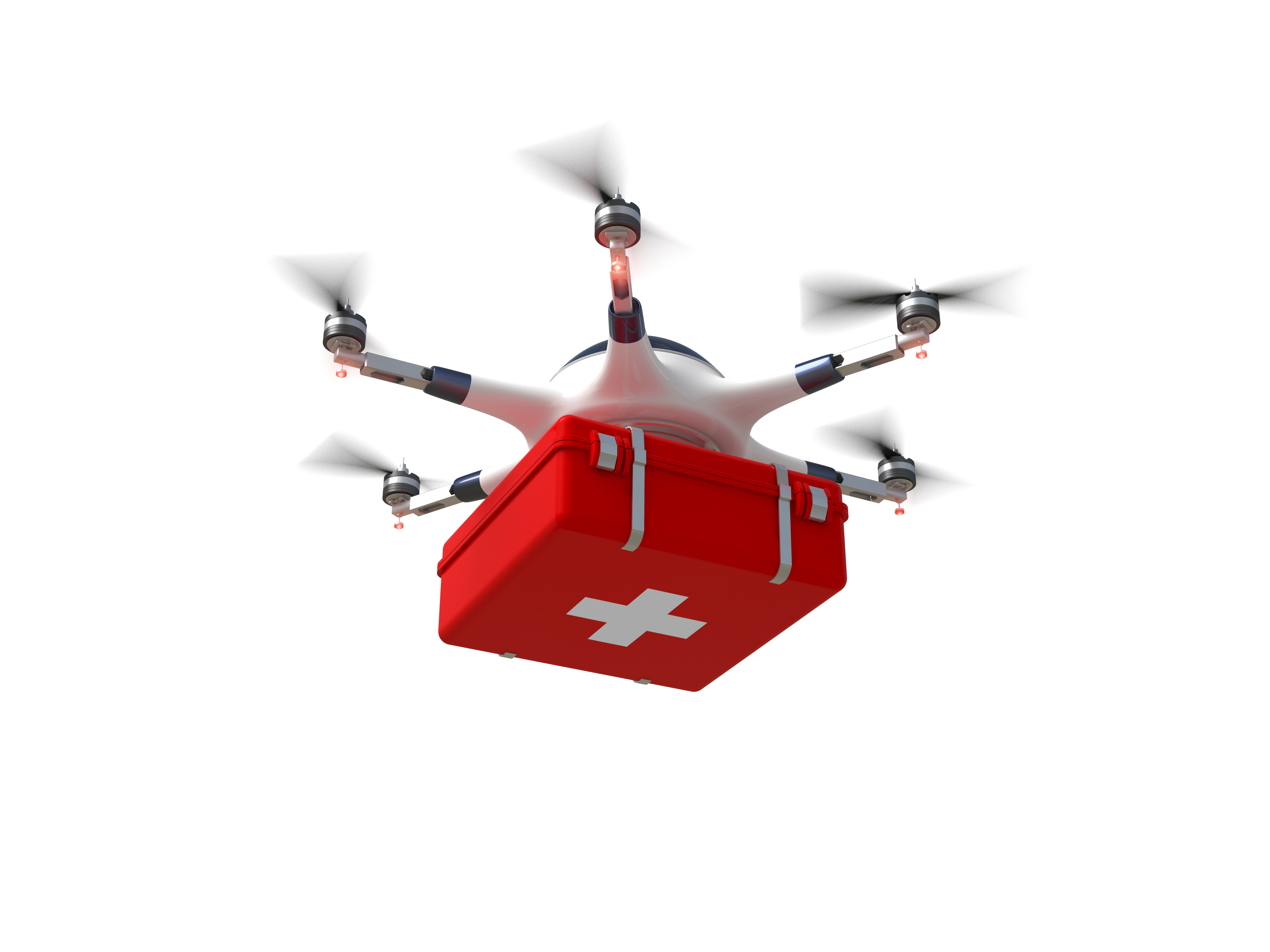Preparing the way for medical emergency drones
The delivery of emergency medical services (EMSs) via air could revolutionise healthcare in urban areas. Potential applications include the delivery of defibrillators in response to out-of-hospital cardiac arrest, blood in response to disaster situations, and rapid assistance in rescue operations. Before medical urban air mobility (UAM) operations can be rolled out however, certain challenges still need to be addressed. “These challenges are not really about the technology itself, which is moving forward at an ultra-fast pace,” explains AiRMOUR project coordinator Petri Mononen from the VTT Technical Research Centre of Finland. “Instead, the challenges are really about knowledge levels, and the preparedness of cities and regions to manage aviation within urban airspaces.”
Assessing EMS scenarios
A key aim of the EU-funded AiRMOUR project was therefore to encourage cities and regional authorities to start preparing for UAM operations. “When it comes to aviation, cities have typically only been concerned about access to airports,” says Mononen. “Now suddenly they need to think about dealing with the urban airspace itself.” The AiRMOUR project focused on emergency and medical services delivered by drone, a likely trailblazer in emerging UAM services. To begin with, likely UAM EMS scenarios, such as rescue services, were identified. These were then validated through live flights. Key issues assessed during these tests included potential air and ground risks and cyber security, as well as citizen acceptance, and the legal framework needed to ensure responsible operations. Business models and carbon dioxide life-cycle analyses were also carried out, to assess the sustainability of the concept.
Insights into using drones in cities
From the information gathered during these trials, the project team developed a UAM training curriculum, complete with online courses and masterclasses. These courses were designed to provide stakeholders – such as emergency services and logistics operators – with insights into the use of medical drones in urban areas. A project Guidebook has also been made available in seven different languages. This covers everything from use cases and the scalability of operations, through to public perceptions. “The wide uptake of our recommendations – whether at the city level or EU authority level – is a clear indicator of the real-life impact and success of the project,” remarks Mononen. “I am extremely happy to see that AiRMOUR has already contributed to the emergence of several new related research initiatives in the partnering Member States and beyond. This is a success in itself.”
Preparing for widespread UAM EMSs
The project consortium is now looking to ensure that as many stakeholders as possible start proactively preparing for UAM EMSs. “It is largely up to cities, regions and EMS-responsible organisations to take action,” says Mononen. “We think that the best way to start is to pick up our UAM Guidebook, and carry on from there.” Mononen believes that in this way, the AiRMOUR project represents a major milestone in setting UAM in motion in Europe. He hopes that the key results – the training package and Guidebook – will become staple documents that are periodically updated to reflect technological and regulatory advances. “The project has also been integral in identifying key research areas that will now need to be further developed,” he adds.
Keywords
AiRMOUR, medical, urban, drone, emergency, UAM, EMS, aviation




